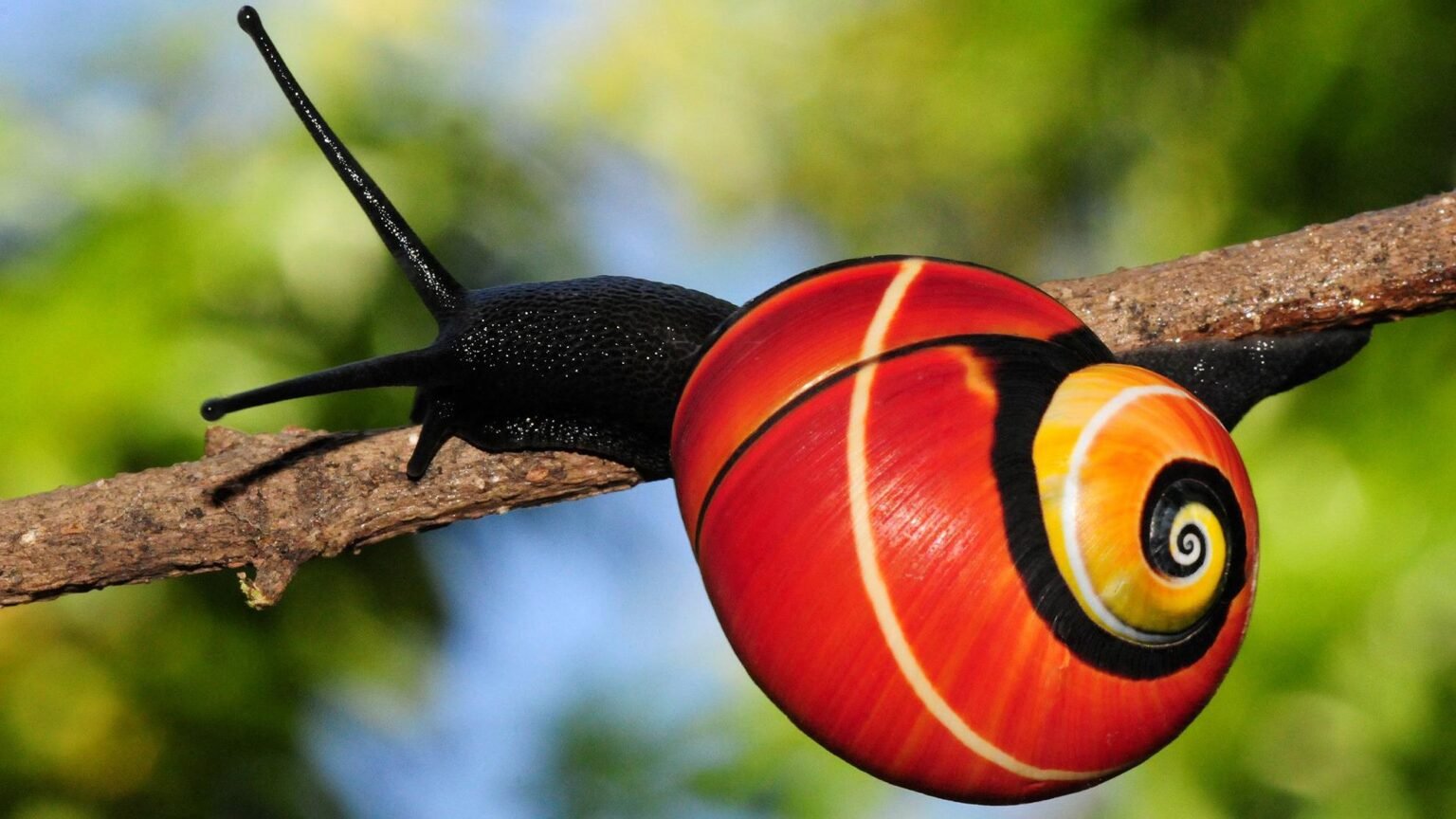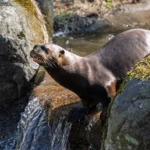Rescuing Polymita Snails Threatened by Beauty in Cuba
Polymita snails threatened by beauty are facing a serious survival crisis in the forests of Eastern Cuba. Known for their dazzling, multicoloured shells, these snails are admired worldwide—but that same beauty has put them in grave danger. Collectors prize their vibrant shells, driving illegal trade that now threatens the species with extinction.
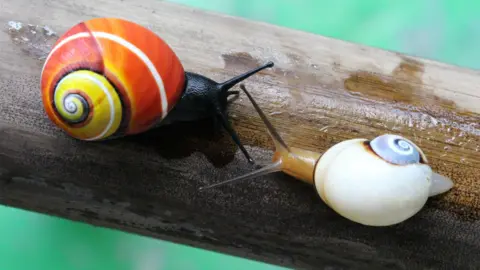
Their colourful shells are highly prized. As a result, collectors are pushing the species toward extinction.
What Makes Polymita Snails Threatened by Beauty So Unique?
Polymita snails are found only in Cuba. There are six known species. Each has shells with unique patterns and brilliant colours—bright greens, fiery oranges, and spirals of yellow and red.
The most endangered species, Polymita sulphurosa, has lime-green shells with blue flames and orange-yellow bands. This beauty makes them attractive to collectors but puts them at extreme risk.
How Beauty Puts Polymita Snails at Risk of Extinction
People around the world seek these snails for jewellery and decoration. Shell collectors pay large sums online. On some websites, a set of seven shells can cost over £150.
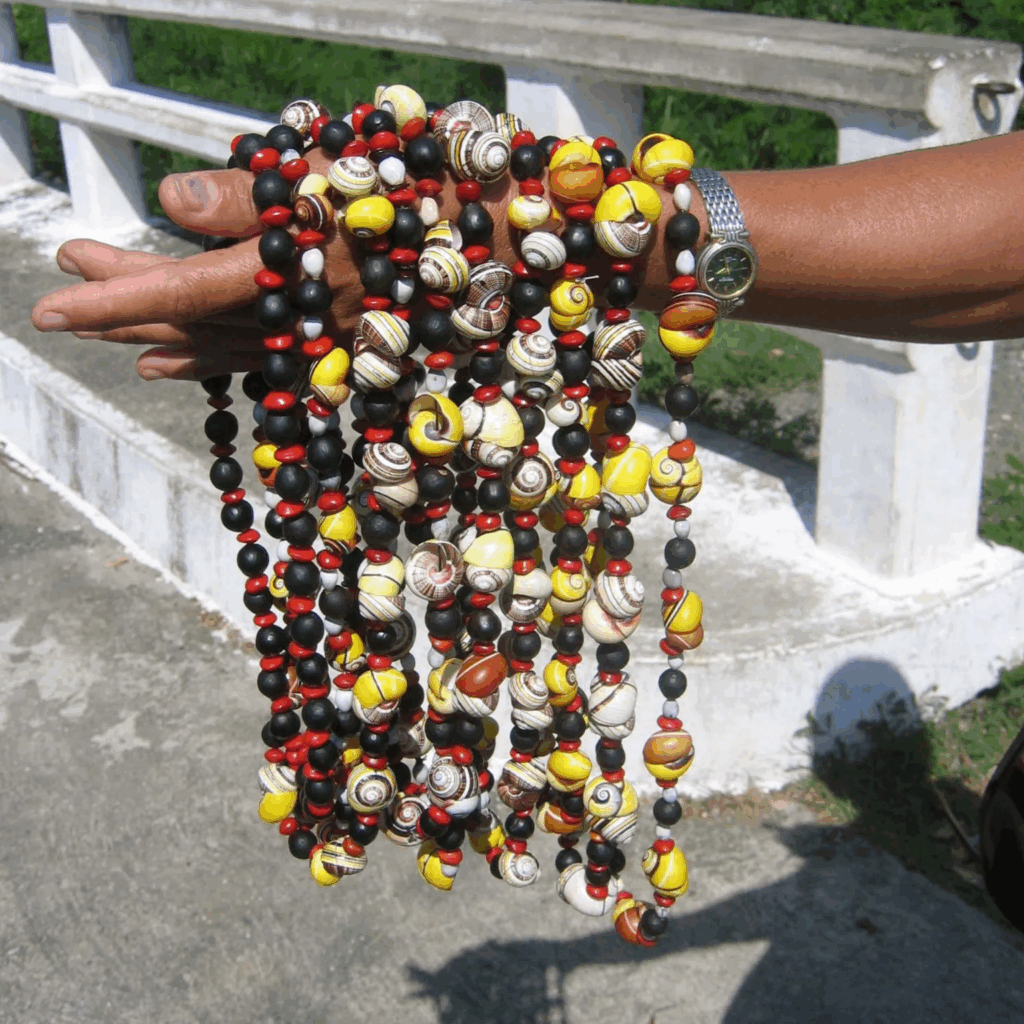
While the shells look pretty in homes, every shell once belonged to a living creature. Taking these animals from the wild puts entire populations at risk.
Weak Laws, Strong Demand
International rules ban the export of Polymita snails without permits. But enforcing these laws is difficult. Once shells leave Cuba, they can often be sold legally in other countries.
This loophole fuels the illegal trade. Conservationists warn that even a few collectors can destroy a species already weakened by habitat loss and climate change.
Scientists Unite to Protect the Snails
To fight back, scientists from Cuba and the UK have joined forces. Their goal is to save the species and understand what makes them so colourful.
Researchers from the University of Nottingham are working with Prof Bernardo Reyes-Tur, a conservation biologist in Cuba. Together, they are studying the snails and working on captive breeding projects.
Breeding Hope in Cuba
Prof Reyes-Tur is raising Polymita snails in his own home in Santiago de Cuba. With poor electricity and hot weather, it’s a tough job. But he remains committed to saving them.
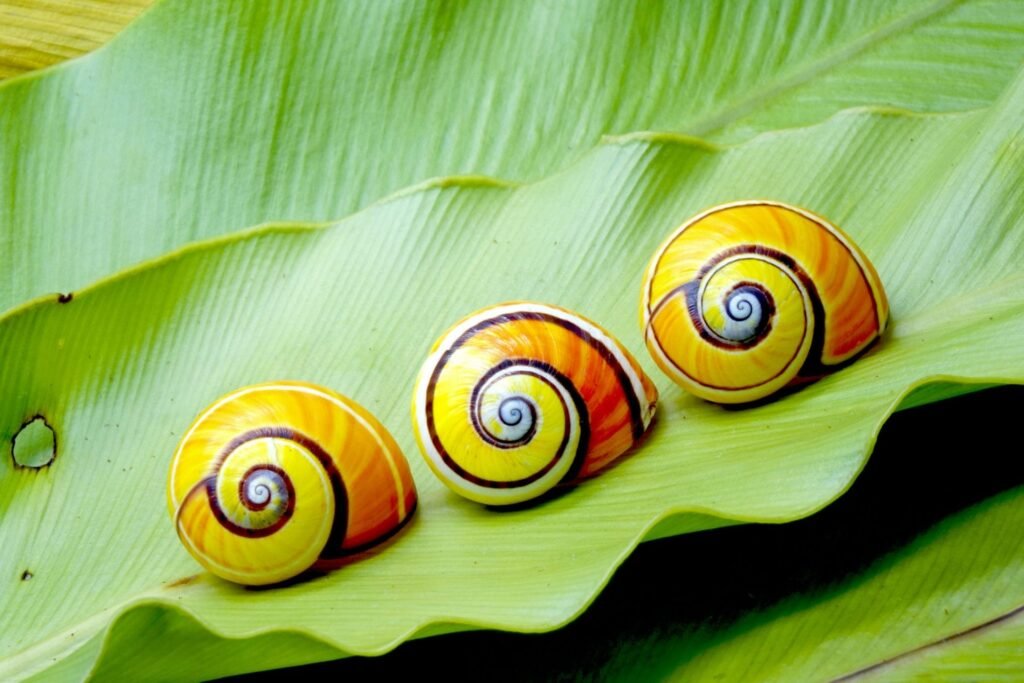
“They haven’t bred yet, but they’re doing well,” he said. “We have blackouts often, which makes things harder.”
Decoding Colour Through DNA
In Nottingham, scientists are using genetics to study the snails’ colours. They keep tissue samples frozen and use them to read the snails’ DNA.
This research helps confirm how many species exist and how they evolved. It may also uncover what genes create their unique colours and patterns.
Such insights could help stop illegal shell trading. If scientists can trace the origin of a shell, they can help enforce protection laws more effectively.
More Than Just a Pretty Shell
Each Polymita snail plays a vital role in the forest. They help break down plants and return nutrients to the soil. Losing them would affect the whole ecosystem.
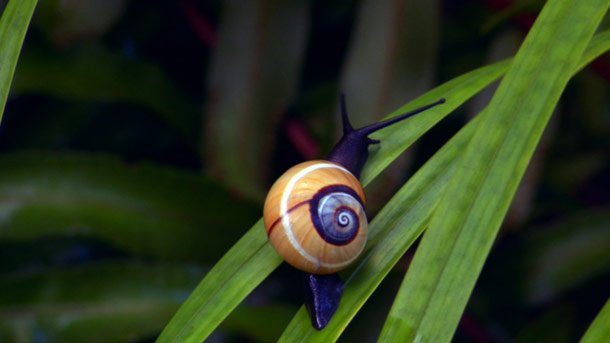
Yet many people still see them only as decoration. Conservationists stress that these snails deserve protection—not because they’re pretty, but because they are important.
Local Knowledge is Key
Polymita snails live only in Eastern Cuba. That makes local scientists and conservationists crucial to their survival. They understand the species better than anyone else.
Working with international experts, they aim to build a long-term plan. The hope is that science and conservation together can turn the tide.
A Future for Polymita Snails
This project is a race against time. Habitat loss, climate change, and collectors are all threats. But with global support and local action, there’s still hope.
Saving these snails means more than saving a shell. It means preserving a unique part of nature that exists nowhere else.
By protecting Polymita snails threatened by beauty, scientists are also preserving the balance of Cuba’s forest ecosystem. Their colours may have put them in danger, but they might also be the reason they survive.
